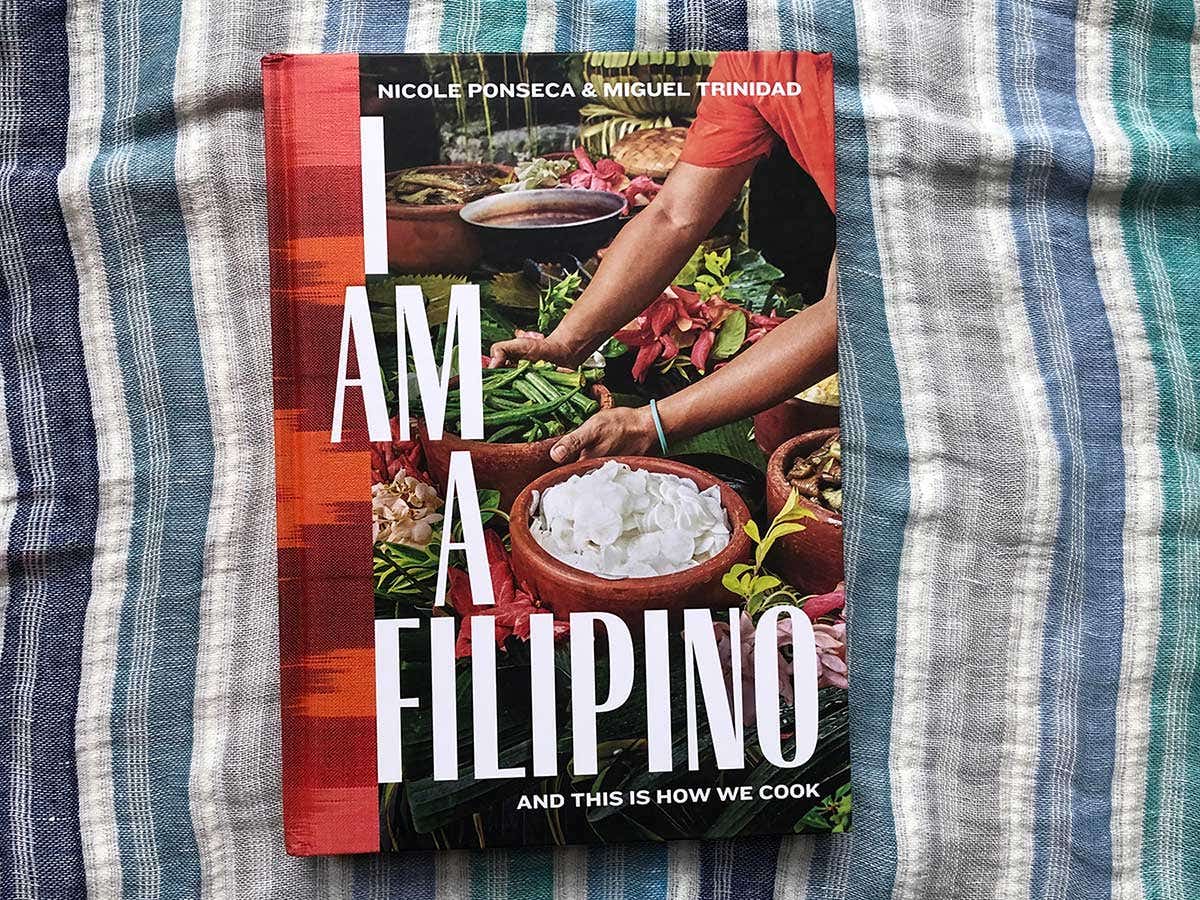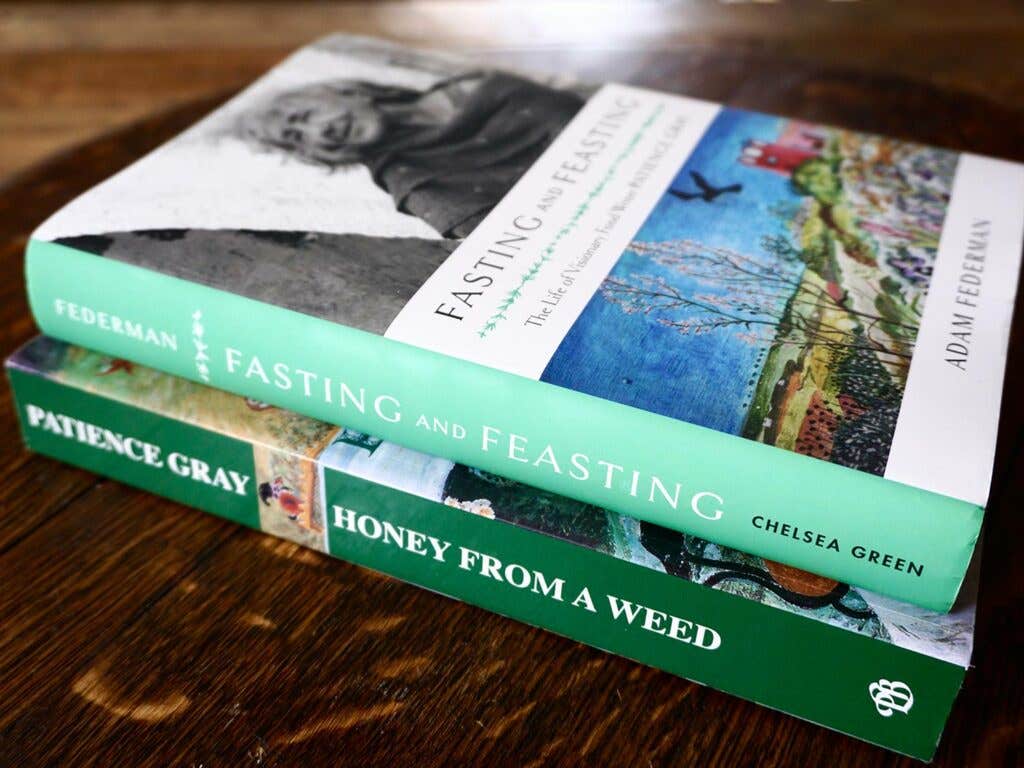
The Cuisine of the Philippines Is More Diverse Than You Ever Imagined
How the authors of “I Am A Filipino” seek to represent the foods of the archipelago’s 7,000+ islands in one extraordinary cookbook
America is finally beginning to familiarize itself with the flavors of the Philippines; restaurants like Bad Saint in Washington, D.C., Maharlika in New York City, and Lasa in Los Angeles are at the forefront of making Filipino cuisine more accessible and mainstream. It's been the headline for years now: From LA to Chicago and New Jersey, Filipino food is the "next great American cuisine." But still, most people's knowledge of what defines Filipino cuisine is only a small peek into a complex cuisine that no restaurant menu can completely encapsulate.
While Filipino dishes—like in most other cuisines—are most authentic to Filipinos in the form of Mom's home cooking, this is also very much a world cuisine. It has been noted that Filipino food, with its diverse roots in Spanish, Mexican, Chinese, and Malay cuisines, was "fusion cooking" long before that culinary trend existed. To those unfamiliar with the Philippines and its colonial history, this may sound like a strange mix. The number of variations for pancit (noodles) alone is mind-boggling. But as an archipelago with over 7,107 islands, it's really no surprise how rich the country's culinary landscape is.
I Am A Filipino: And This Is How We Cook is not only a guide on how to cook like a Filipino; it is also a guide through the Philippines, its history, and its culture. Authors Nicole Ponseca and chef Miguel Trinidad, the people behind Manhattan's most popular Filipino restaurants Maharlika and Jeepney, wanted to make sure that their cookbook introduced people not only to Filipino cuisine or Filipino recipes, but to the Philippines itself.
Ponseca and Trinidad spoke with us about condensing this diverse cuisine into one book, surprising discoveries they made on a trip to the Philippine islands, and why Filipino food is not “catching on”—western diners are just catching up.
This interview has been edited and condensed.
Jasmine Ting: What were the essentials in writing a Filipino cookbook? What did you know you needed to include in making this book?
Nicole Ponseca: It had to accomplish two things: First, for someone who is FIlipino, that they felt that they were being represented with respect. We have a responsibility to our past and an obligation to the future. We have an obligation to tell the story of Filipino food at whatever capacity—for the home cook, or the professional chef—that it was rooted with that knowledge of the past. Otherwise, we're just going to continue to degrade or riff on something that has no foundation. Second, for non-Filipinos, that they come away with a deeper understanding—whether it was religion, or colonization, or straight-up entrepreneurship in the form of the first Chinese immigrants coming over. That they say, "Oh, this culture is rich!" No one seems to consider that, because we Filipinos kind of just assimilate—at least we have in the past. If you're not Filipino, you can still understand this food. This is Mexican, Spanish, what we call Moro [a term for Muslim], Chinese, and American. We are all of this.
JT: How did you go about translating such a diverse cuisine into a cookbook? Was it hard to get it down to 300 pages?
NP: Yeah, because we missed all of our deadlines! We didn't meet any of our deadlines!
Miguel Trinidad: In true Filipino fashion, we were late. It was hard to condense it into 300 pages, because there's so much more information that we wanted to share with everybody. Each region has so much to offer, so picking the recipes was extremely difficult. Sometimes you have to throw a dart and see which recipe you use because there are so many.
NP: My friend, Nelson George, is a prolific writer who's into hip-hop and the black community—When I was lamenting the importance of representation in this book, and how we were going to do it, he was like, "Chill the fuck out. You're acting like this is going to be your only book. You have to relax a little bit." The deadlines we missed because we knew the weight of the responsibility, especially with a title like this. You can't mess around with a title like this. And when you have such a clear vision of the end, it becomes not easier, but you get a real sense of curation—of what should be a part of it and what shouldn't. Do we do another adobo recipe, or do we fit in more of the Muslim flavors? It wound up helping us to have an equitable share of the influences we needed.
JT: What type of research did you do? I saw that you went to the Philippines. What was that experience like for you?
NP: That was my first time going without my parents. And as a typical Filipino-American, I can say that when you go back to the Philippines you're usually sequestered to the province, or in S.M. [a mall], because there's air conditioning.
But this time I had Miguel with me, who’s fearless. There wasn’t much on the Internet or in travel, so I let my curiosity direct us through the regions.
We started in Pagudpud, one of the most northern towns in the Philippines, and then zigzagged. And sometimes we went back to the places that we went. I got to see a part of the Philippines that I knew my heart and soul needed to feel. Motorcycling or on buses that cost a dollar or less, and then sitting next to farmers and feeling them. It was not in any way an Americanized version of travelling, which would have been way more protected, way more with drivers. It was rooted in all levels, from humble working class to rich. We saw it all! It was amazing! That was even before we started the book, because we needed to get Miguel indoctrinated.
MT: I think about it like my first kiss in high school. It's something new and wonderful. Just really immersing yourself in the culture and the food, and really getting an understanding of what it was like to grow up in the Philippines and eat that food, but also the way they eat that food, and the things it's paired with. Kare-kare with bagoong—why it was paired that way. Travelling the Philippines has really opened my eyes to what the cuisine is. It got me excited to go back to the States and show everybody everything that we learned.
JT: What were some discoveries about Filipino cuisine that even locals would be surprised to learn?
MT: One of the most surprising things for me was travelling down to Mindanao, which is the Muslim region of the Philippines and tasting the food there. When we came back and we were telling people about it, they were like, "We've never heard about it." Even some of the elders up north in the Philippines, Manila, Ilocos Norte—they didn't know anything about it, the different types of adobos. I was under the impression that there were five different adobos, but there are so many. Especially if you go down to Mindanao, you have adobong dilaw, adobong pula. Their tamales are different. The tamale in Davao is stuffed with glass noodles, which was a nice surprise. And then we go further into the A.R.M.M. [Autonomous Region of Muslim Mindanao] region—Nicole had to wear a hijab. It's a highly militarized zone, but the food was amazing! Even just the little snacks. There's a snack called pastil, which is chicken fried in soy and seasoning, then packed in rice and wrapped in banana leaf. This is something that you put in your backpack or your pocket for a snack. Simple food, super delicious, highly flavorful, really exciting things that I had never seen before.
NP: To piggy-back off of Miguel's comment—he's coming at it as a non-Filipino, right? Even he had some preconceived notions of what Filipino food should be, having had Filipino food in the States and seen more-or-less the repetition of dishes like kare-kare and adobo… For me, as a Filipino, it felt gratifying that there were so many ways to look at Filipino food. Because, in my experience, here in America, if we didn't do adobo the way that someone had envisioned it, then it was wrong. And, therefore, it wasn't good, even if it may have tasted good, because it didn't meet the expectation of adobo made with vinegar, soy sauce, bay leaf, and peppercorn—the standard. But what is the standard? There ares 7,107 islands.
JT: What do you most want your readers to understand about Filipino food?
NP: I want them to come away with an understanding that it is a world cuisine. It is a cuisine to be respected and learned. In my restaurant life, I worked for French and Italian restaurants; and now Nordic food and Israeli cuisine are revered and understood. Filipino food is equally important. There's a discipline behind it. For me, that discipline is the idea of maasim or acid—that acid is what links the cuisine from region to region, whether it be a condiment or an ingredient you cook with. It really underlies the whole cuisine. If you can understand the use of acid, you're well on your way to understanding Filipino food and the palate.

MT: We wanted to make sure that it was approachable and non-intimidating. That was my main goal: to show people what the food is and how playful it is. What you have to understand about Filipino food is that it's a super complex thing. It's huge, and it's interactive.
JT: What do you mean when you say Filipino food is interactive?
MT: Kamayan is one aspect of interaction with the food. In kamayan, you really just strip yourself of everything, sitting there with friends and family catching up on life. It's humble because you're using your hands. But food is interactive because when it comes to the table you've got sawsawan, which is a way of you creating your own condiment. The base can be vinegar or calamansi. You smash up some chilis if you want some spice, you add fish sauce or soy if you want it salty. That was incredible for me, because with certain dishes that were a little fatty I wanted a bit more maasim, a little bit more sourness. I tend to go with a little more salt, so I add a little more patis or soy sauce, and maybe some atsuete. I got to make my own dipping sauce, and I love that. It makes it interactive, and a lot of fun.
JT: For the longest time, people have been saying that Filipino food is becoming a mainstay in the American culinary landscape.
MT: Yeah, people keep saying that Filipino food is "on the rise," and becoming mainstream. It's been there for so long, and people are just beginning to understand what it is, learn more about it.
NP: You could say, yes, Filipino food is on the rise, or "the next big thing", but that's the point of view of narrative. You could also say, "Wow, mainstream is catching up!" That, to me, is the headline: "Wow! You guys are finally getting it".
Keep Reading
Continue to Next Story










